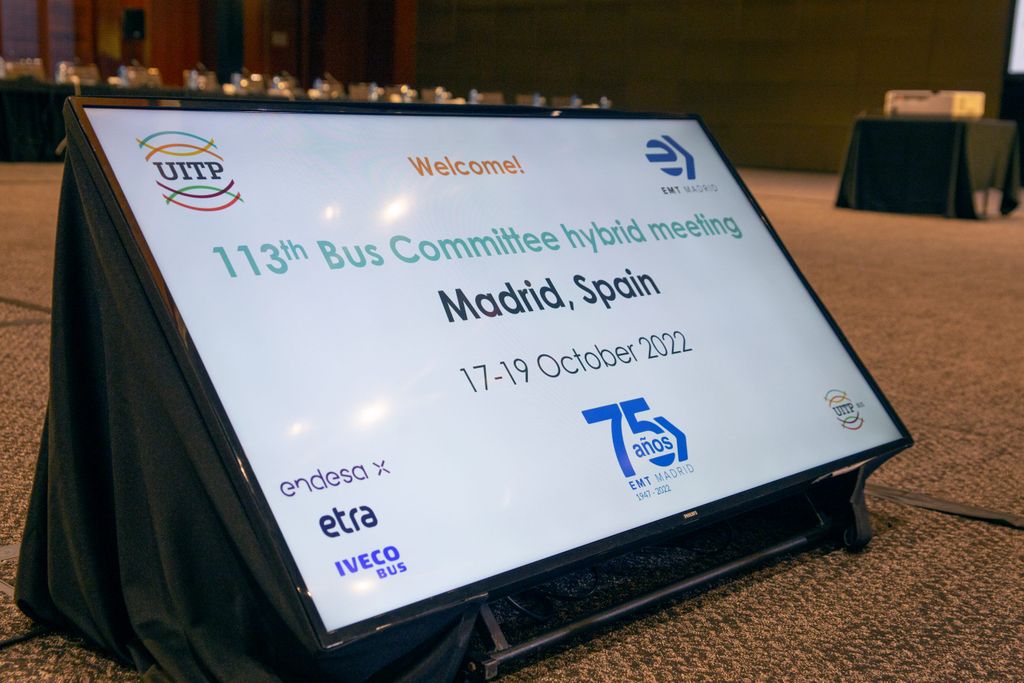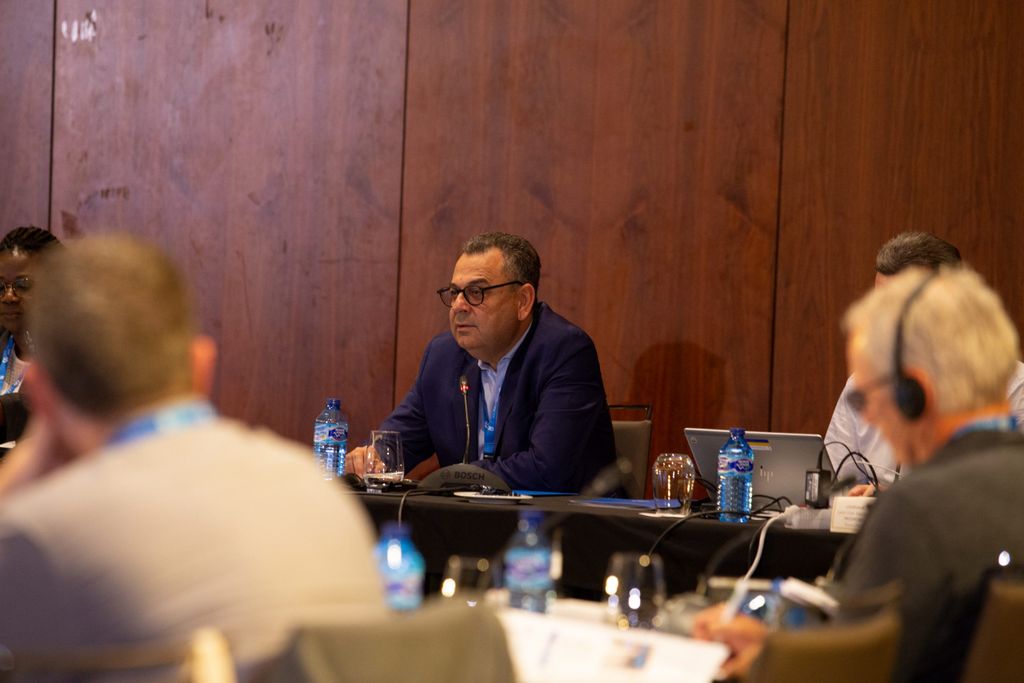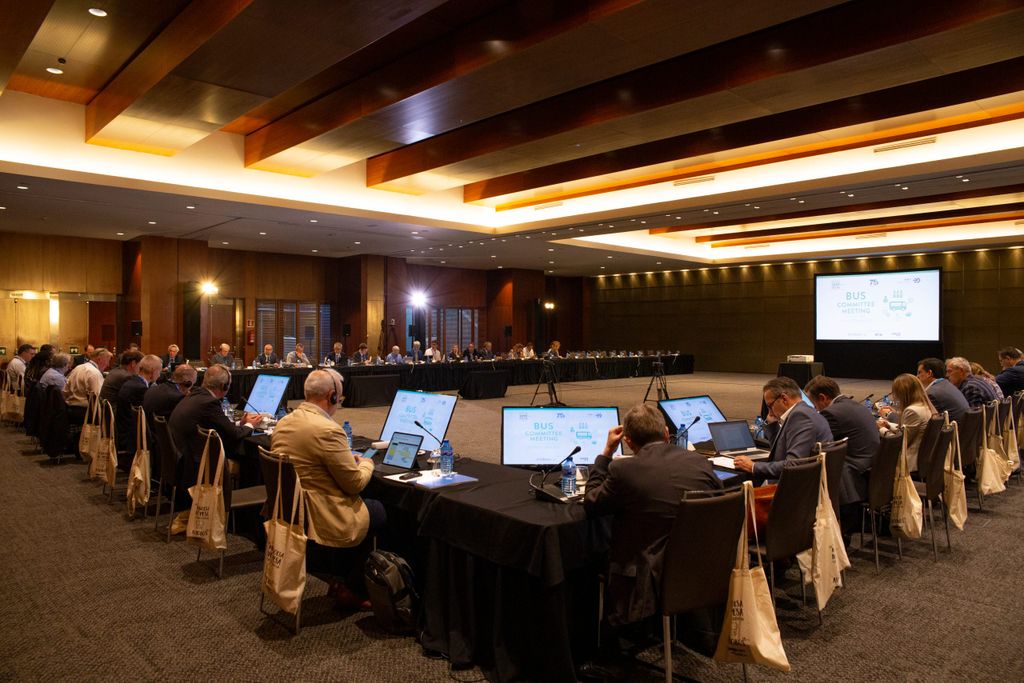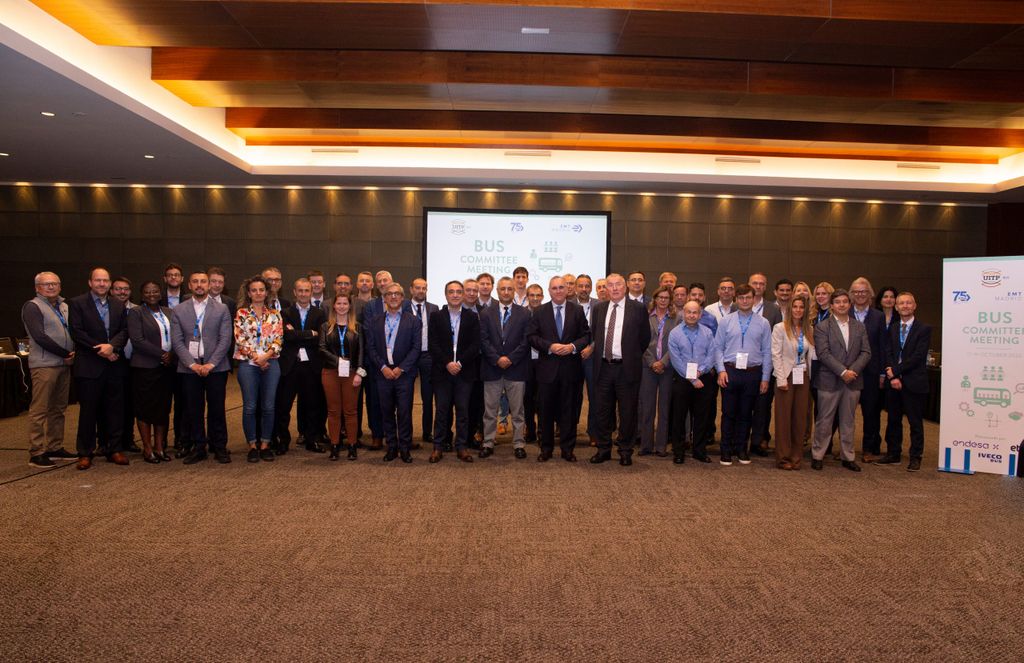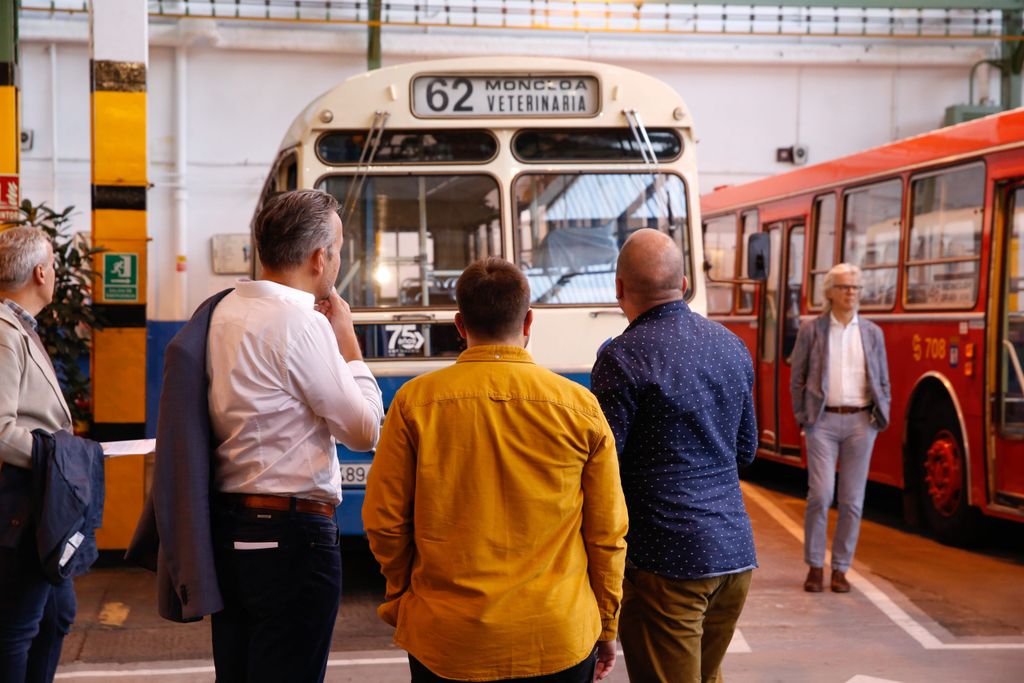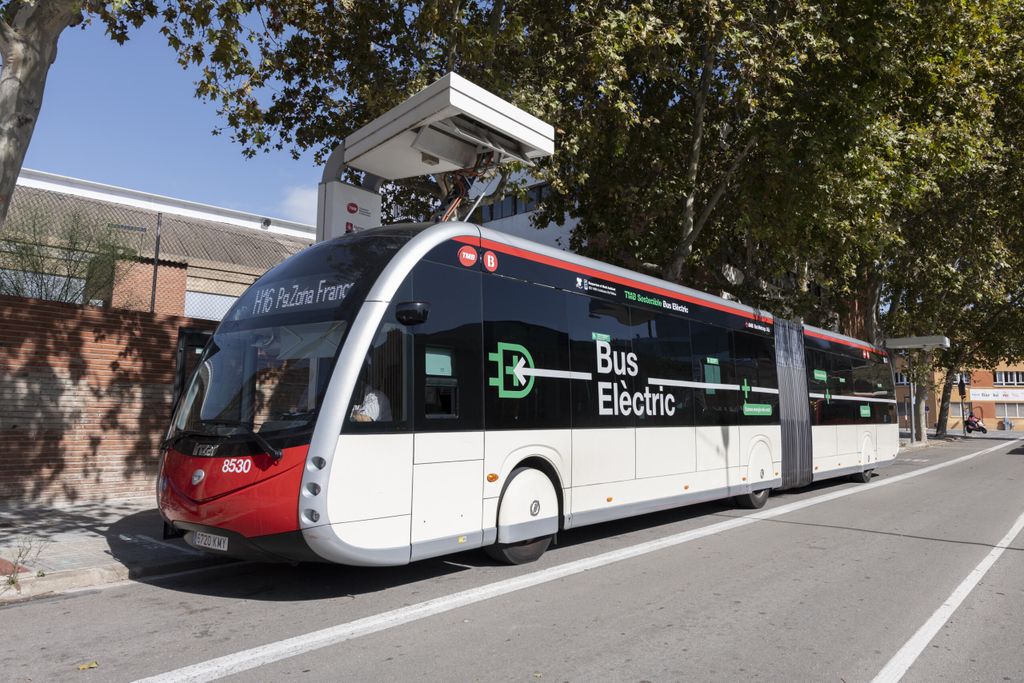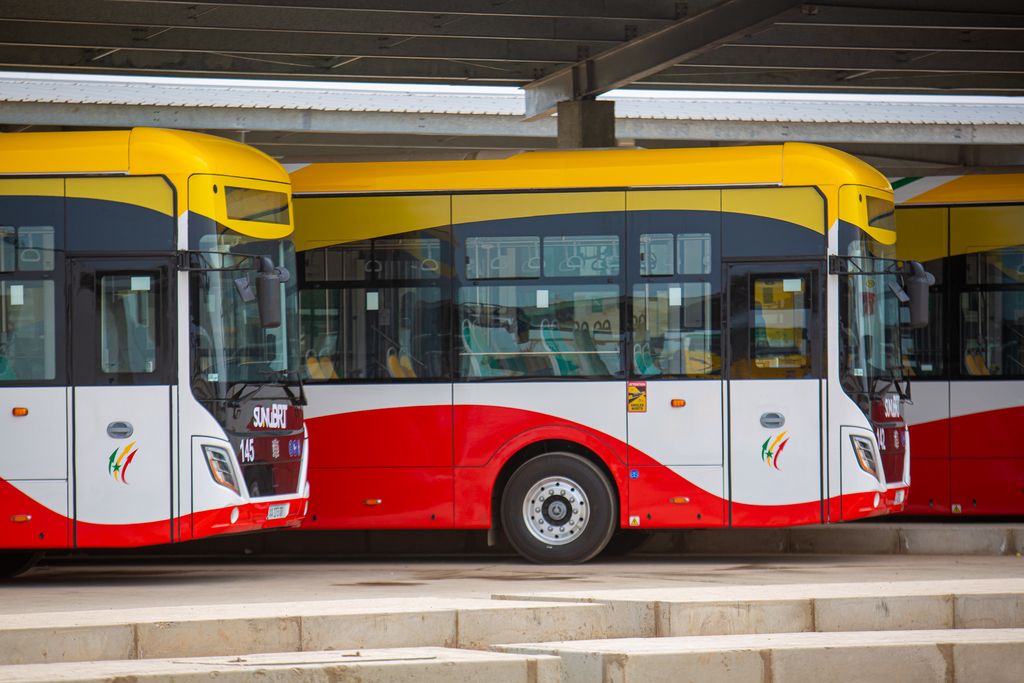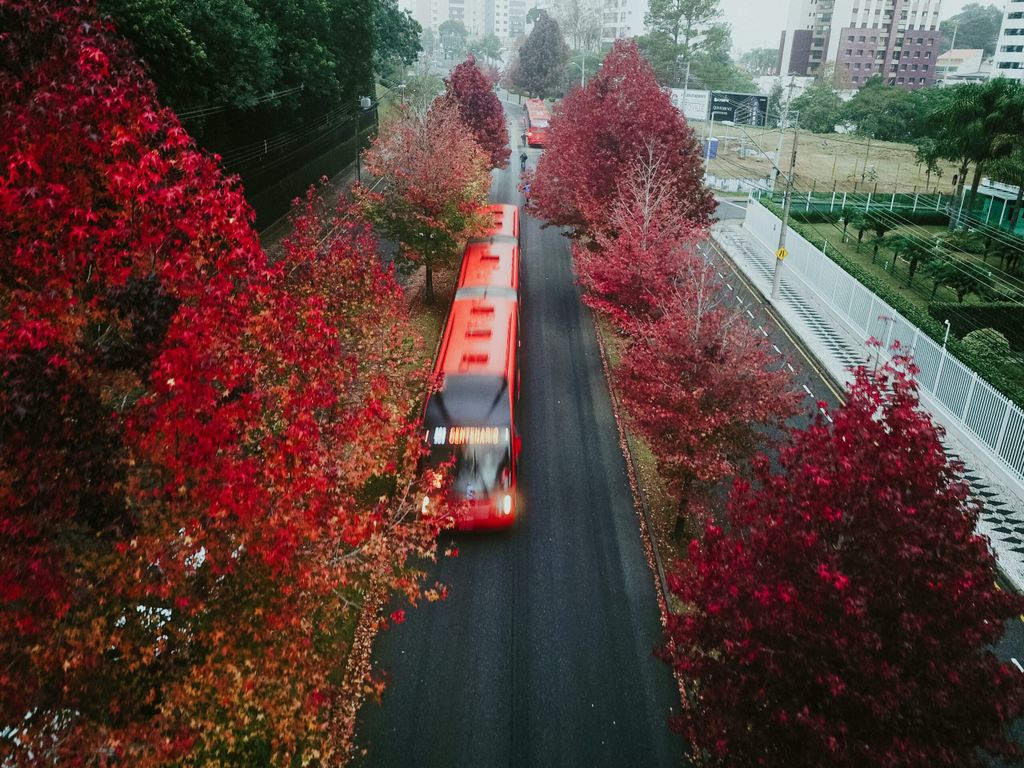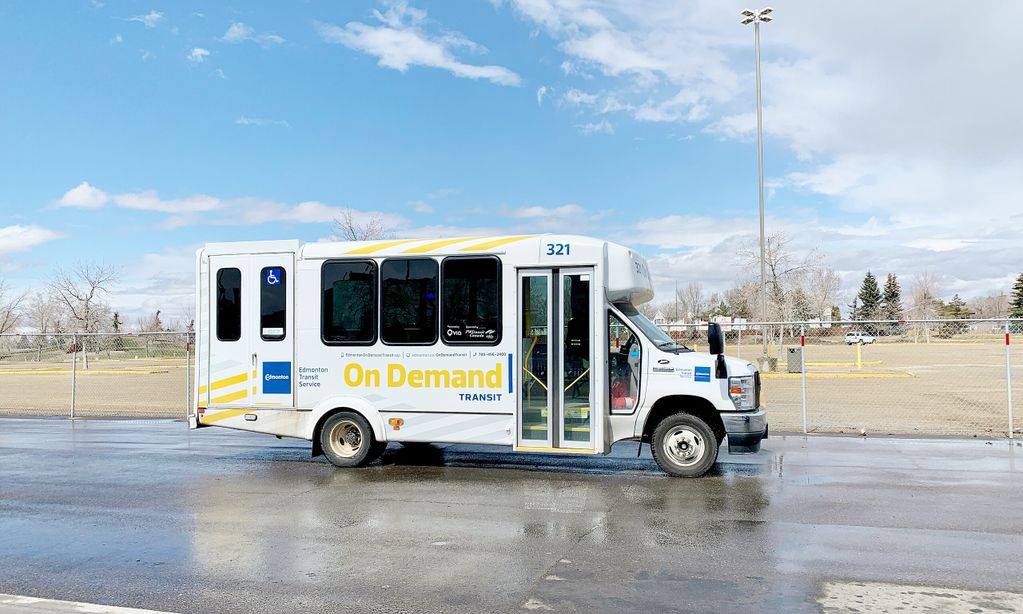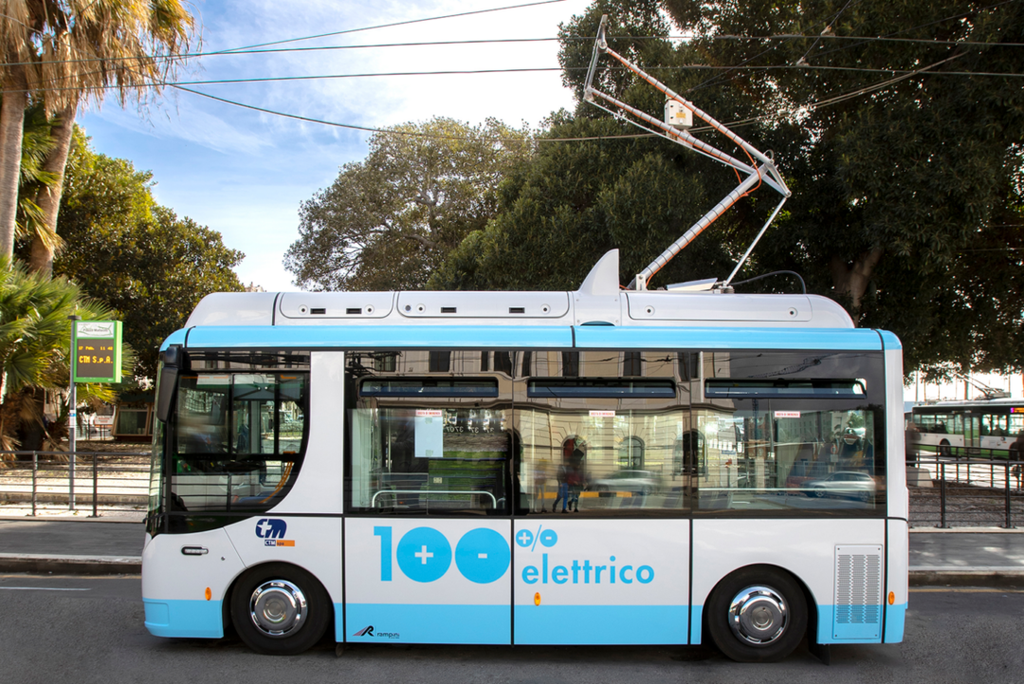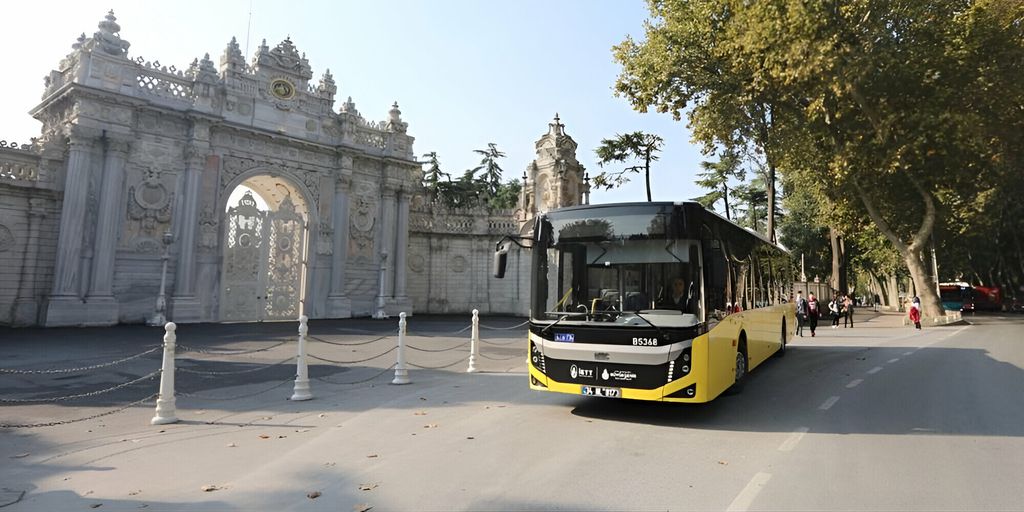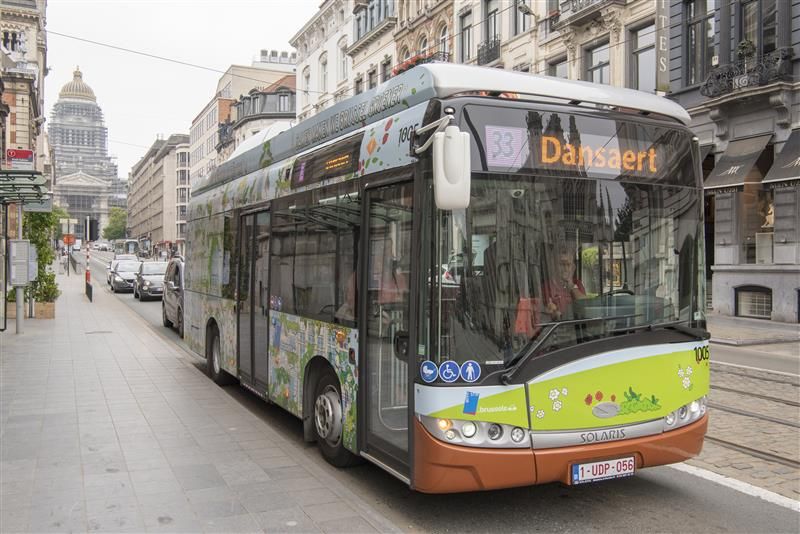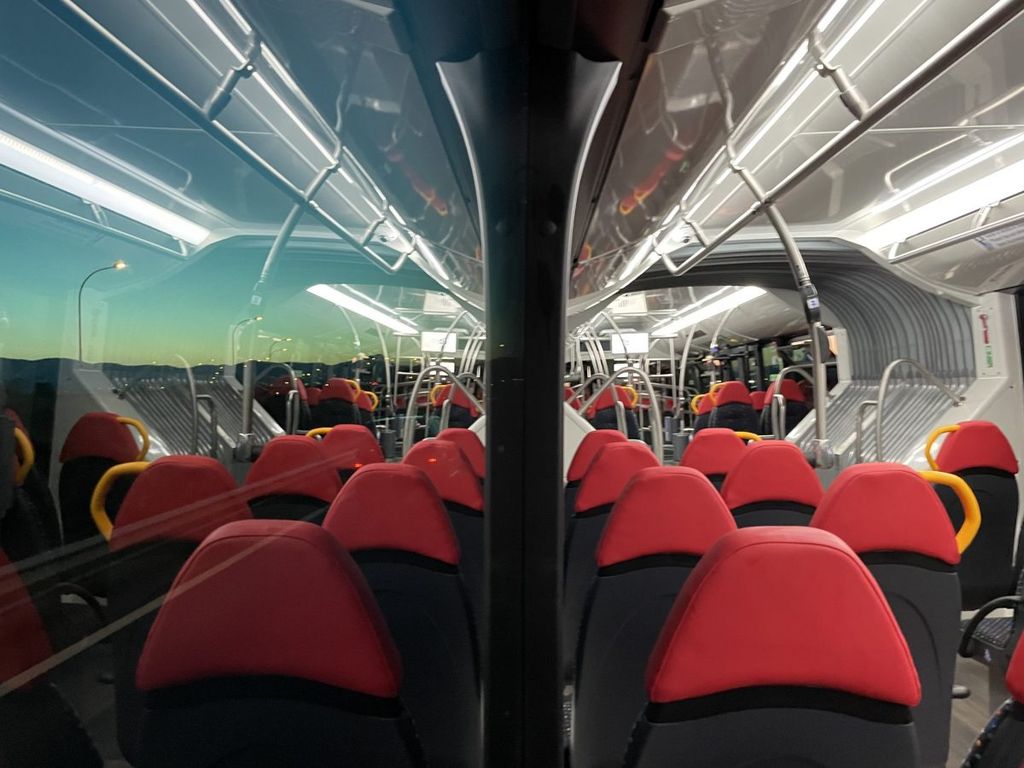
Clearer streets, smoother journeys: Paving the road with bus network planning
Congestion in cities means changing user habits and redesigning the mobility network
While traffic congestion may have dipped drastically during the COVID-19 pandemic, the key for cities is to stop it reaching pre-pandemic levels again. With car traffic responsible for about 16% of man-made carbon emissions, our public transport authorities and public transport operators can encourage changing user habits towards cleaner, greener modes through improved services to reduce car traffic.
Bus network and system planning is a core activity for public transport authorities and operators. For more specifically, bus system planning is the exercise of preparing the bus service supply to meet a targeted level of service, within a fixed budget and a specific timeline.
Bus operators require outstanding planning to ensure they meet citizens’ mobility needs while still maintaining high levels of efficiency. On average, one bus is capable of replacing 30 cars on the road. Such planning helps keep traffic to a minimum, provide a service competitive enough to keep people out of their cars and successfully lead to clearer streets and smoother journeys.
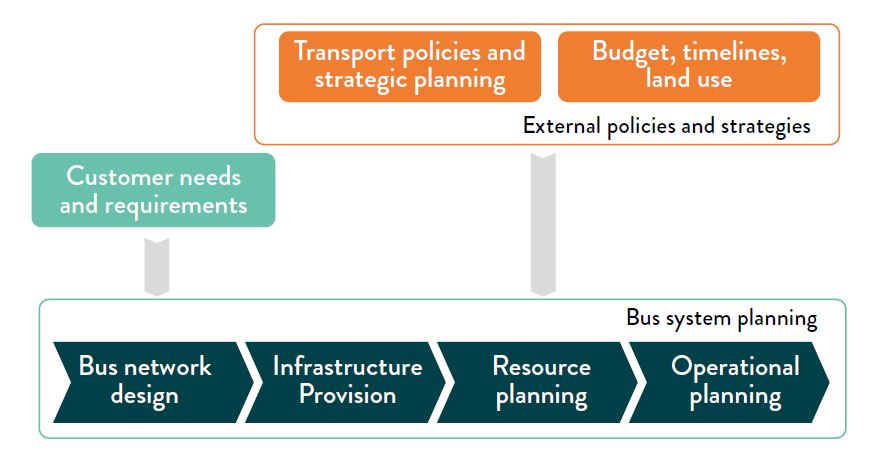
Yet, bus planning faces challenges ahead…
Bus fleet electrification, digitalisation and the demand for more personalised services, better interaction with other modes of transport both in terms of service coordination and street design all bring challenges for operators and authorities…
In response to this, the bus planner role has taken a step to the next level in which smart data and the use of innovative planning tools and softwares play a crucial role.
The UITP Bus Committee is determined to build upon the bus network designs and planning stream to advance the global bus sector. Their Report, “Bus Network Planning: From the operators’ perspective”, broadly covers many principles for developing bus network and system planning. Looking at it from many angles, the Report offers strategic, tactical and operational recommendations.
With a stronger presence of data collection and analysis, current planning tools are boosting the quality of network redesign proposals by better incorporating citizen perspectives through improved data visualisation and what-if scenarios.
Public transport planning activities are usually unseen by users but have a major impact on achieving high quality public transport in urban areas. Aiming to raise awareness, this release paves the road for further exchanges around bus planning and supports fellow planners and authorities to achieve an efficient, customer-oriented bus system.
And it will remain a key topic at UITP
The UITP Bus Division and Committees meetings are currently taking place in Madrid, Spain, kindly hosted by EMT Madrid. This Report has been presented to over 50 members. The goal? To share knowledge and integrate best practices with bus operators and authorities from across the globe.
Naturally, it is essential to put the customer at the centre of bus network planning. We want to serve them better so they travel by bus instead of private cars. At the same time, we look at resource-efficiency, using the data of yesterday for the service of tomorrow. In this Committee, we will continue to discuss the best approaches.
In addition, the UITP Academy is currently delivering the ‘Bus network design and route planning’ training programme. This is our first in-person training since the pandemic!
Did you miss out? Check out all our upcoming events & trainings!
The UITP Bus Division and Committee meetings in Madrid
exclusive resources


